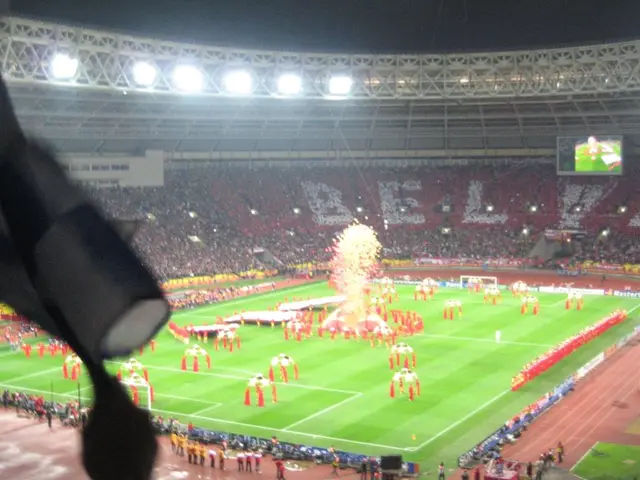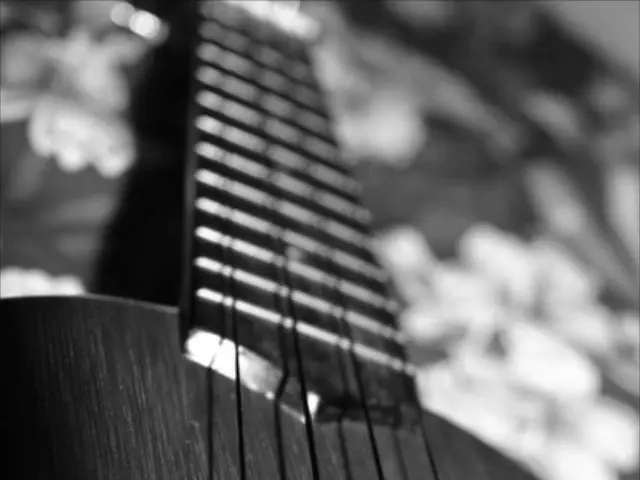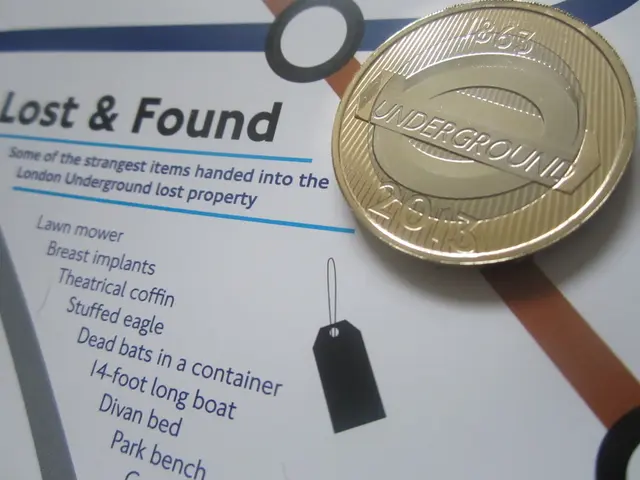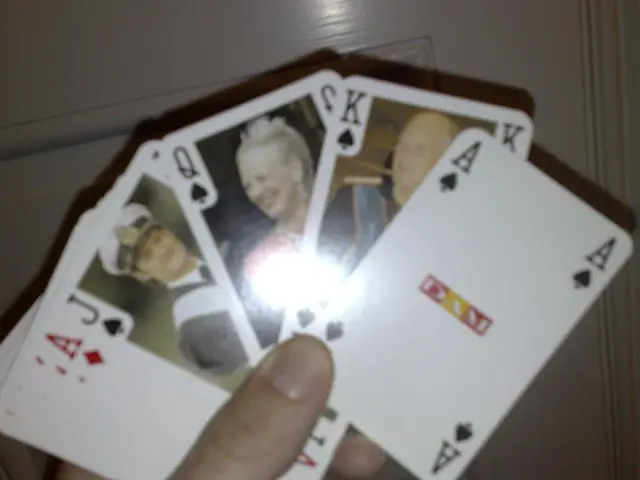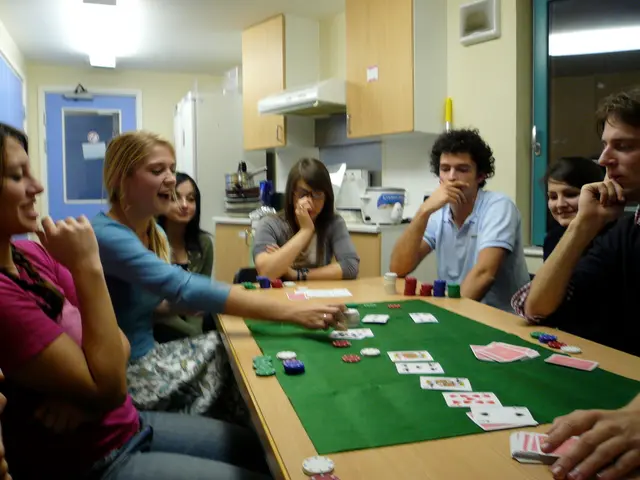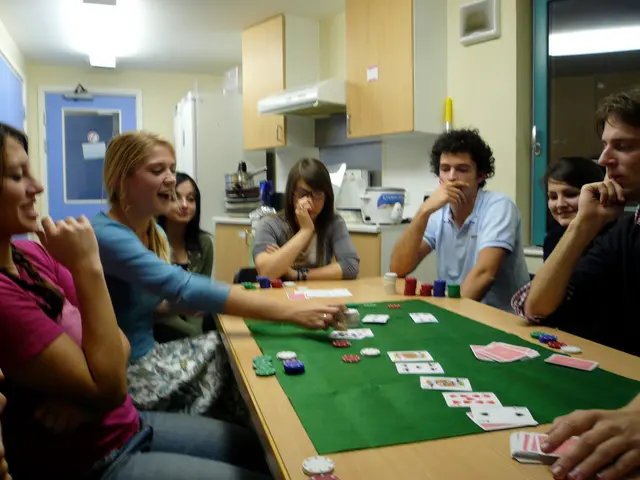Shuttlecock scarcity stirs turbulence within badminton association, now addressed
In the bustling world of badminton, a surprising shortage has emerged - a scarcity of shuttlecocks. This shortage, affecting both professional and recreational players, has been attributed to several factors, including changes in consumer habits in China, the global leader in shuttlecock production.
Wu Xin, the manager of Antarctic Wind, a leading domestic shuttlecock supplier, has identified the soaring popularity of badminton in China as the primary driver of surging demand for shuttlecocks. However, the production of these essential items has taken a hit due to a decline in duck and goose output in China over recent years.
Traditional shuttlecocks, made from duck and goose feathers, have been the norm in the sport. Each shuttlecock uses, on average, 13 feathers, with premium models requiring up to four from each bird. The switch from natural to synthetic shuttlecocks is a potential solution to the current shortage.
The Badminton World Federation (BWF) is considering this switch as part of its sustainability drive. The BWF's approach is contrary to reports that it has ceased such plans. Manufacturers Yonex and Victor are currently collaborating with the BWF to develop synthetic shuttlecocks for professional use.
More work is being done by the BWF and manufacturers on competition-approval synthetic shuttlecocks. Indian former world champion and Olympic medallist Pusarla Venkata Sindhu has not been involved in testing these synthetic shuttlecocks but is favourable to their use if necessary. She has stated that she will get used to synthetic shuttlecocks if there's no option, but until she's played or experienced them, she can't tell how they perform.
Several manufacturers have already gone to market with their social-use synthetic shuttlecocks, and the products have been well received. The BWF's testing and trialling programmes for the production and introduction of competition and social-use synthetic shuttlecocks are ongoing.
The BWF does not believe the current shuttlecock shortage is at a crisis level yet. However, the switch to synthetic shuttlecocks could reshape the badminton landscape, potentially making the sport more accessible and sustainable.
The world championships, running until Sunday in Paris, have smashed through just shy of 3,500 shuttlecocks across its five events. As the badminton community navigates this challenging period, the hope remains that a solution will be found, ensuring the sport can continue to thrive.


